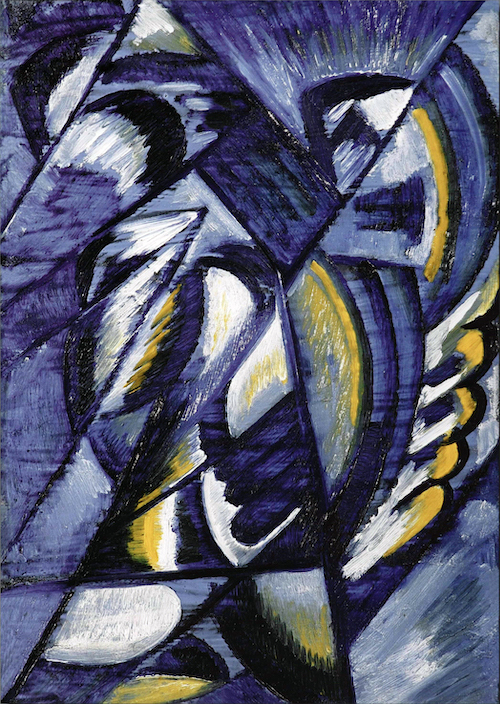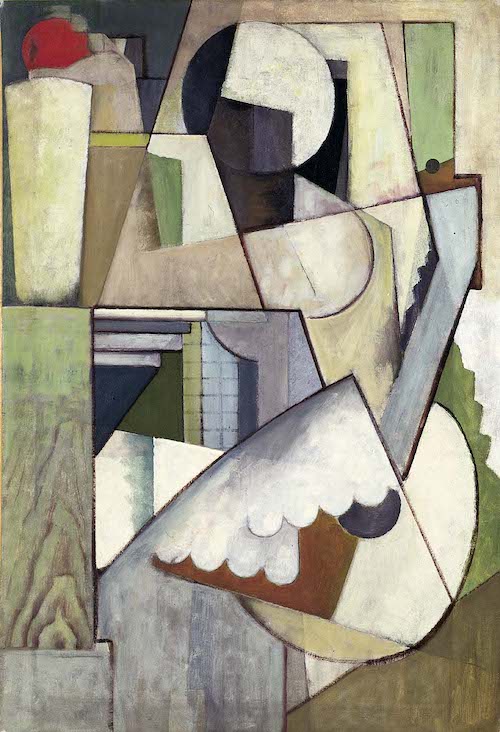

Justin McLendon is Professor of Theology at Grand Canyon University in Phoenix, Arizona, and is an Associate Fellow of the KLC.

Writing in the New York Times, Emily Rueb understands that “everyone loves the blues. Some people just don’t know it yet.” By blues, of course, Rueb is referring to blues music, which is currently experiencing a modern renaissance as international artists explore this genre’s diverse application and broad appeal. Without sounding too presumptuous, I tend to agree that everyone loves blues music, even if some don’t know it yet! I was born and raised in Mississippi, home of the Delta Blues, a place where steepled churches and juke joints form for their disciples the necessary liturgies of worship and lament. In fact, the domain of blues lyrics often speaks far beyond the territorial limitations of religious affiliation. Anyone familiar with blues music recognizes the normalcy of singing about your baby leaving you for another man in one verse, only to find respite in subsequent verses from an appeal to a Saviour who has borne humanity’s pain. If blues music teaches us anything, it’s that we need corridors to channel our multi-faceted emotions, from the apex of existential happiness to the misery of the deepest pit where our only song is lamentation. Within the blues, there is something distinctly human about the emotive power and raw expression this musical genre evokes.
But blues music is much more than any one artist’s organic expression, especially when we consider one of the tools blues artists use to craft their music. The “blue note” is one such tool, and this term broadly describes a distinctive melodic ornamentation that adds a unique touch of the soul and emotion to situate a song’s lyrics. Several years ago, I visited a local guitar store near my home, and I don’t mind admitting that I view these visits as an excuse to play guitars I’ll never purchase (or be able to afford!). Another gentleman was sitting in the corner, playing standard 12-bar blues on a beautiful Fender Telecaster. I grabbed a Gibson hollow body and played an impromptu chord progression, and he dutifully joined in, rummaging his fingers across the guitar neck like a seasoned professional. When I later mentioned his usage of the blue note, he smiled and said, “Ah yes, those are the ‘worried notes’ I can’t do without.”

From its genesis, blues artists employed these “worried notes” to infuse intense emotions and express hardships, struggles and the joys of life alongside the painful imagery contained within the lyrics. I’ve learned that employing a blue note is a subtle deviation from the traditional Western musical scale, where artists introduce a flattened or bent third, fifth or seventh note. A prominent example is B. B. King’s, “The Thrill is Gone,” where the “King of the Blues” incorporates the lower third to create a sense of sadness and longing. This pitch bending gives the blue note its distinct melancholic and expressive qualities, evoking through instrumentation (often a guitar) the sounds that conspire with lyrics to elevate a sense of longing, sorrow and passion.
Over the years the blue note has transcended the boundaries of the blues genre and found its way into jazz, rock, soul and popular music. Artists like B. B. King, Robert Johnson, Muddy Waters and Stevie Ray Vaughan have used the blue note to great effect, shaping the sound and direction of modern music. Its expressive power has made it a staple in countless iconic guitar solos, vocal performances and instrumental improvisations. Beyond its impact on individual artists, the blue note has become a recognizable symbol of the blues genre, a musical language that directly speaks to the soul. Its presence in various genres serves as a reminder of the enduring legacy of blues and its profound influence on the evolution of modern music.


Inspired by Mississippi blues artists, a few years ago I decided to learn blues scales. For any guitarist already accustomed to playing major and minor pentatonic scales, this task isn’t too burdensome. In practice sessions I discovered that incorporating blue notes in some sense begs for more, for the artist to satisfy the blue note’s cry with the beauty or satisfaction of the next note. Said differently, as I learned blues scales it didn’t take long to notice that the blue note left in isolation is off-putting and incomplete. In this sense, employing the blue note allows artists to bridge the gap between the major and minor tonalities, crafting a touch of dissonance that creates tension, pulling the listener’s heartstrings in a call and response manner. Typically, the blue note is introduced by bending the pitch of a note slightly downward or inflecting it with a “cry” or “wail” effect. In terms of craft, the blue note provides musicians with a palette of expressive possibilities. By incorporating these flattened or lowered notes, musicians can manipulate the tonal landscape of a song, emphasizing specific emotions or moments within the music. When I think of how blues artists craft their music to face the challenges of life, I can’t help but think through some of the connections to the Christian life.
In A Secular Age (Belknap Press, 2007), Charles Taylor delves into the concept of “lived experience” as a fundamental aspect of understanding the secularization of society. For Taylor, an attribute of our age is the default setting to prioritize the lived experience, which refers to the subjective, personal encounters and interpretations of individuals within their everyday lives. This concept encompasses the diverse array of beliefs, values and practices that shape human existence and contribute to the formation of individual identities. It is without question that the blues genre provides a musical landscape for subjective experiences to be recognized and evaluated. As a Christian theologian, I’m aware that one indelible feature of our humanity is the creaturely apprehension that our lives are often in disarray, wrecked by sin’s pervasive presence in and among us. And in the throes of sin’s misery and devastation upon humanity (and all that exists), Christians have the courage to explore our circumstances and our hope. As Patrick Miller once observed. “The mind and heart of God are vulnerable to the pleas and the arguments of human creatures.” I think of this reality often, especially when listening to blues artists craft these arguments in the plain language of human emotion and struggle. Whether it’s Blind Willie Johnson’s, “Lord I Just Can’t Keep from Crying Sometimes,” or Serbian-born blues artist Ana Popović’s album, Comfort to the Soul, I am convinced that we really do love the blues, even if we don’t know it yet.
